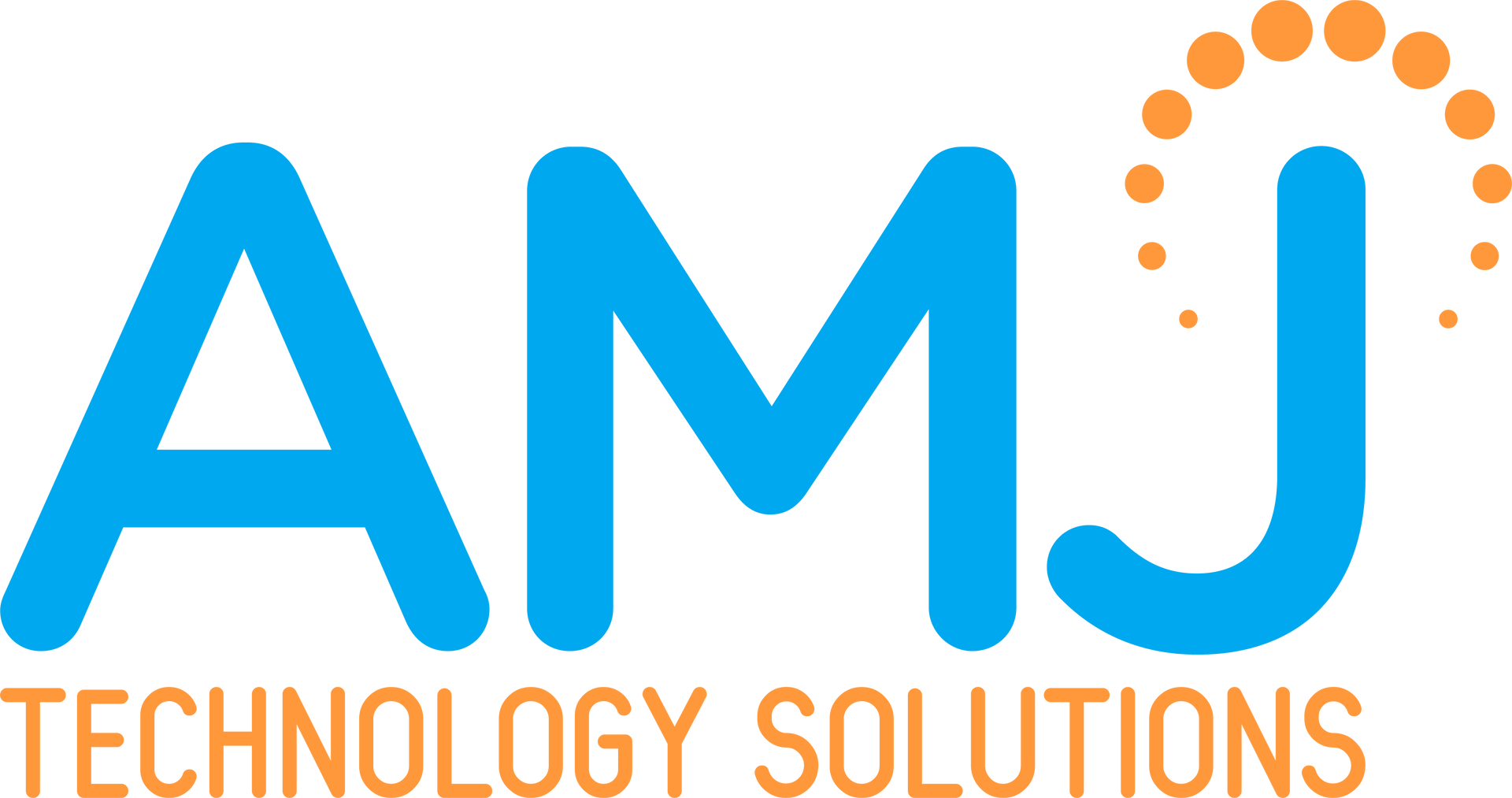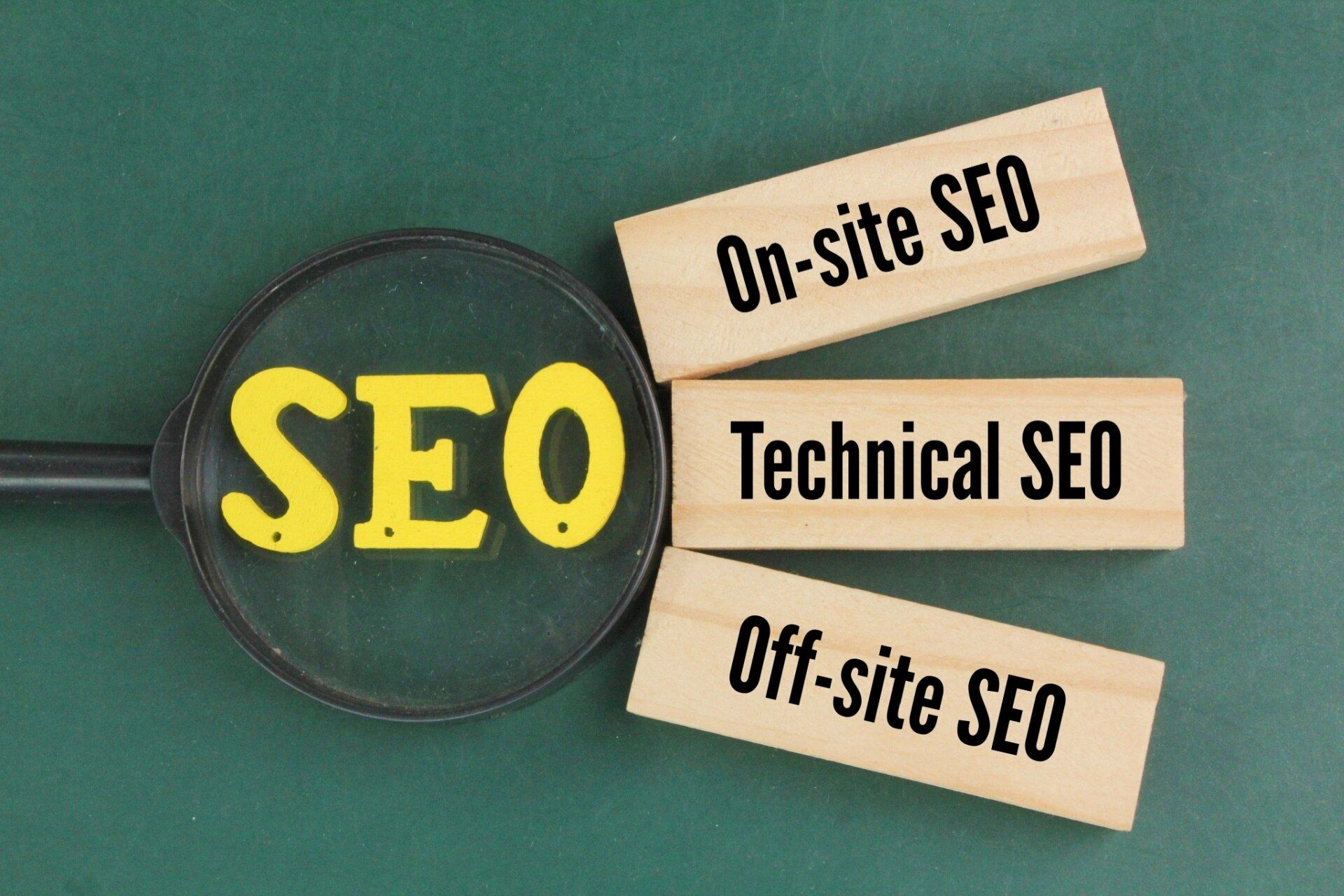What is PPC? How Does PPC Work
If you’ve ever searched for something on Google and noticed the small “Ad” tag next to the top results, you’ve already seen PPC in action. PPC, or Pay Per Click, is one of the most effective ways for businesses to reach potential customers online. It’s a form of digital marketing that can help both small and large businesses grow by putting their products or services right where people are searching for them.
In this article, we’ll explain what PPC is, how it works, and why it’s such an important tool for modern businesses. Whether you’re new to online marketing or want to understand how to make PPC work for your company, this guide will make everything clear.
What is PPC (Pay Per Click)?
PPC stands for Pay Per Click, a type of online advertising where advertisers pay a small fee each time someone clicks on their ad. Instead of earning visits to your website naturally (through SEO), PPC allows you to buy visits by bidding on keywords related to your business.
For example, if you run a pressure washing business in Florida, you might bid on keywords like “pressure washing near me.” When someone types that into Google, your ad could appear at the top of the search results.
If the person clicks your ad, you pay Google a certain amount for that click. That’s why it’s called Pay Per Click.
PPC can appear in different places online, including:
- Search engines like Google or Bing
- Social media platforms such as Facebook, Instagram, or LinkedIn
- Display networks that show banner ads on websites
The most common form of PPC is search advertising, which shows ads at the top of Google’s search results.
How Does PPC Work?
PPC works through a system known as an ad auction. Every time someone searches for something on Google, an auction takes place behind the scenes to determine which ads will appear and in what order.
Here’s how it works step-by-step:
1. Choose Keywords
Advertisers select keywords that match the products or services they offer. For example, a roofing company might target “roof repair near me.”
2. Set a Bid
You decide how much you’re willing to pay for a click on your ad. This is called your bid. The higher your bid (and the better your ad quality), the more likely your ad is to appear at the top.
3. Google’s Ad Auction
When someone searches for one of your keywords, Google compares all advertisers bidding on that term. It looks at both your bid amount and your Quality Score (which measures how relevant your ad and landing page are).
4. Ad Placement
Google then ranks ads based on a combination of bid + Quality Score, showing the most relevant and high-quality ads first.
5. Pay Only When Clicked
You don’t pay when your ad appears, only when someone actually clicks it. That means every dollar spent goes toward driving real visitors to your website.
What is a Pay Per Click Campaign?
In digital marketing a PPC campaign is a structured group of ads focused on specific keywords, audiences, or goals. Each campaign is made up of:
- Ad Groups: Smaller sets of related ads and keywords
- Ads:
The actual messages users see online
- Landing Pages: The page users visit after clicking the ad
When running a PPC campaign, your goal is to attract qualified visitors who are likely to take action such as calling your business, filling out a form, or making a purchase.
Here’s what a typical PPC campaign setup might include:
- Objective: Define what success looks like (e.g., leads, sales, traffic)
- Budget:
Decide how much you’ll spend daily or monthly
- Targeting: Choose audience location, interests, and demographics
- Ad Copy: Write attention-grabbing headlines and descriptions
- Landing Page Optimization:
Ensure your webpage encourages conversions
Benefits of PPC Marketing
1. Instant Visibility
Unlike SEO, which takes months to show results, PPC ads appear almost immediately once your campaign goes live.
2. Highly Targeted Advertising
You can choose exactly who sees your ads based on keywords, location, age, device, and even time of day.
3. Budget Control
With PPC, you control your spending. You can set daily or monthly limits and pause your campaign anytime.
4. Measurable Results
PPC provides detailed data about clicks, conversions, and costs. You can easily see what’s working and adjust your strategy.
5. Better ROI
Because you pay only for actual clicks, PPC is cost-efficient and often delivers a strong return on investment (ROI) when managed properly.
Common Types of PPC Advertising
- Search Ads:
Text-based ads that appear in search engine results.
- Display Ads:
Image-based ads shown across websites in Google’s Display Network.
- Shopping Ads: Product-based ads with pictures and prices shown in search results.
- Video Ads:
Ads shown before or during YouTube videos.
- Social Media Ads:
PPC ads on platforms like Facebook, Instagram, and LinkedIn.
Each type can serve different business goals, whether it’s brand awareness, lead generation, or sales.
How to Make PPC Work for Your Business
PPC can be powerful, but success depends on smart planning and ongoing optimization. Here’s how to get the most from your Pay Per Click advertising:
1. Choose the Right Keywords
Focus on relevant and high-intent keywords. Tools like Google Keyword Planner can help find terms your customers actually search for.
2. Write Compelling Ads
Your ad copy should be clear, engaging, and match what users are searching for. Always include a call to action (CTA) like “Get a Free Quote” or “Call Today.”
3. Optimize Your Landing Page
Make sure the page your ad leads to is fast, mobile-friendly, and encourages visitors to take action. A good landing page improves your Quality Score and lowers costs.
4. Monitor Performance
Use Google Ads and Google Analytics to track which keywords and ads bring the best results. Adjust bids and budgets regularly.
5. Work with PPC Experts
If PPC feels overwhelming, hiring a PPC marketing agency can help you manage your campaign efficiently. Experts can handle keyword research, ad writing, and performance tracking.
Real-World Example of PPC Success
Let’s say a small HVAC company in Texas launches a Pay Per Click campaign targeting “AC repair near me.” Within days, their ad appears whenever local users search for that term. Each click costs $6, and out of 100 clicks, 10 customers book a service worth $150 each.
For a $600 ad spend, the business earns $1,500, more than doubling its investment. That’s how PPC advertising can drive quick, measurable growth.
Final Thoughts
PPC is one of the fastest, most flexible ways to bring new customers to your business. When done right, Pay Per Click advertising not only drives traffic but also helps build brand awareness and trust.
Whether you’re promoting a local service or an online store, PPC marketing gives you the tools to reach the right audience at the right time.
Ready to boost your business with PPC? Contact
AMJ Tech Solutions today to start your next Pay Per Click campaign and reach more customers online!
FAQs About PPC
What does PPC stand for?
PPC stands for Pay Per Click, a type of online advertising where you pay only when someone clicks on your ad.
Is PPC better than SEO?
Both are important. PPC gives quick results, while SEO builds long-term visibility. Using both together often works best.
How much does PPC cost?
Costs vary by industry and competition. On average, small businesses spend between $500–$5,000 per month on PPC marketing.
Can PPC work for small businesses?
Absolutely! PPC helps small businesses compete with larger brands by targeting local searches and controlling their ad spend.
How long does it take to see results from PPC?
You can start seeing traffic and leads within days of launching your campaign.
Disclaimer: The information on this website and blog is for general informational purposes only and is not professional advice. We make no guarantees of accuracy or completeness. We disclaim all liability for errors, omissions, or reliance on this content. Always consult a qualified professional for specific guidance.





